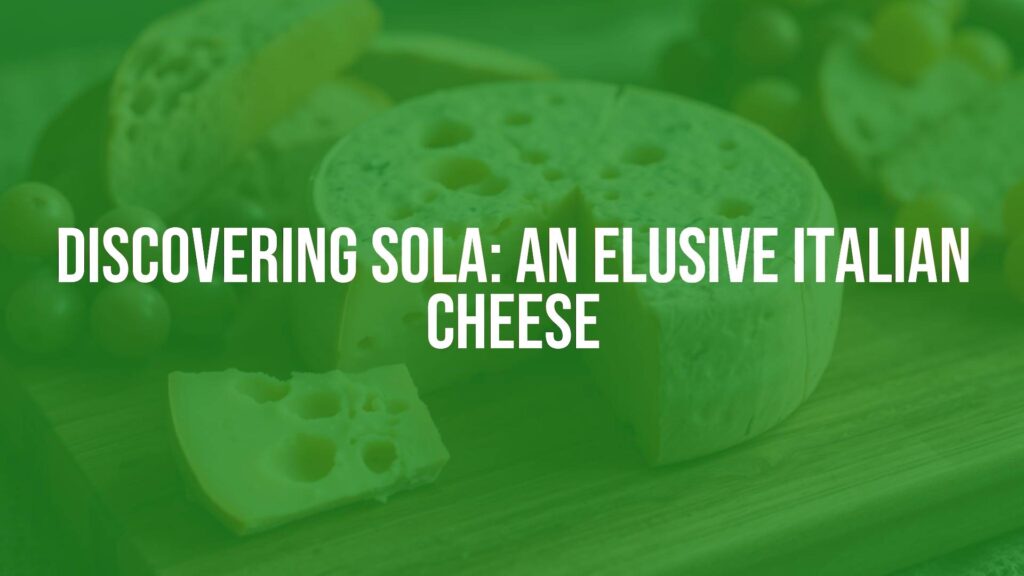Introduction to Sola Cheese
Sola is an intriguing and lesser-known Italian cheese, primarily found in select regions of northern Italy. While not as internationally recognized as Parmigiano Reggiano or Gorgonzola, Sola remains a cherished ingredient amidst local communities who value preservation of traditional flavors. This cheese stands out for its delicate yet complex taste, and the stories rooted in its regional craftsmanship.
What Makes Sola Cheese Unique?
Sola distinguishes itself through its semi-soft texture and light, creamy flavor profile. Typically crafted from cow’s milk, Sola develops a subtle tang during its moderate aging period, which rarely exceeds a few months. Its pale yellow interior often contains small irregular holes, and it is encased in a natural, thin rind that gives off a faint earthiness. The name “Sola” itself means “sole” or “only” in Italian, hinting perhaps at its status as a specialty delicacy unique to its origin area.
Historical Roots and Production Methods
The origins of Sola cheese are closely intertwined with rustic dairy traditions of Lombardy and Piedmont, where local farmers have practiced small-scale cheese production for centuries. Traditional methods emphasize high-quality, unpasteurized cow’s milk sourced from animals grazing on rich Alpine or pre-Alpine pastures. Milk is gently heated and coagulated using natural rennet, then the curds are delicately pressed into characteristic round molds. After brining, Sola ages in cool, humid cellars, developing its gentle aroma and tender consistency.
Cultural Importance and Ways to Enjoy Sola
Though not exported widely, Sola remains a point of pride for artisanal producers. It is enjoyed especially during local festivals and celebratory meals, often served alongside rustic breads and seasonal fruit. In many mountain villages, Sola is a staple on family tables, symbolizing self-reliance and a close-knit communal spirit.
Traditional Pairings and Serving Tips
Sola’s mild yet flavorful profile makes it highly versatile. It is commonly eaten on its own, paired with raw honey and fresh pears, or accompanied by unsalted bread. Due to its creamy texture, Sola spreads easily, making it a delightful addition to antipasto platters. It also melts beautifully, so it can complement polenta, risottos, or baked vegetable dishes with subtle richness. For drinks, a crisp Pinot Grigio or a light-bodied Barbera wine creates an enjoyable match, enhancing the cheese’s clean dairy flavors.
Discovering Regional Variations
Local variations of Sola exist, reflecting subtle tweaks based on the season, local flora, and herd genetics. Some producers might infuse Sola with wild herbs or age it slightly longer for a firmer, more assertive taste. Still, the heart of Sola cheese remains unchanged—simple ingredients, patient craftsmanship, and a celebration of local terroir.

